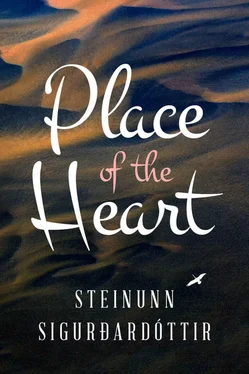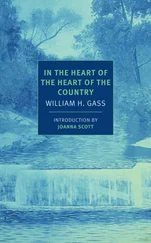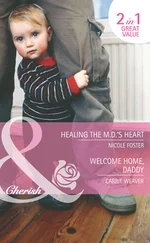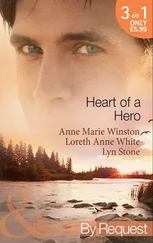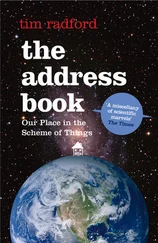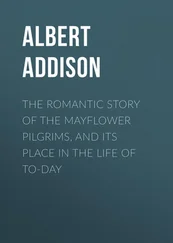Raindrops fall from the sky, not large, weather that’s useful in the spring, for the grasses and trees, but which now, as autumn approaches, is like a funeral hymn of nature. The plants are gone, as are the leaves on the trees. All as the one blossom, growing up from level ground. They should flee now while they can, the plovers and terns, this final day in August, before the storms hit. I should make my way in the same direction as them, by sea, steal one of the amphibious vehicles parked near the shop, drive it down to the beach with its chimney smoking, and set out across the deep.
When Edda and I were on autumn break once with Erika and Uncle Beggi in Vík, we walked down to the water’s edge, threading little paths around lyme-grass-covered sand tussocks, and the roaring of the surf hit our ears as we fled fast-moving waves on the wet sand just before they reached our toes. It’s been twelve years since Edda played with the waves, jumping into her mommy’s arms — at that time a good mommy and a sweet mommy — and sticking her nose in the crook of her mommy’s neck. Mommy kissed her behind her ear, and then the little girl was ready to rejoin the game. She ran out after a wave, fled frantically from it into her mother’s arms again, gathered courage, and ran out once more in pursuit of a wave on the gleaming wet sand, as far as she dared.
This is why we exist, I then thought. To take a child in our arms so that it can warm up and gather courage before running out into the world. This is why we exist. To be an open embrace for our own children for as long as life lasts.
Erika pampered us and taught us how to make German Christmas decorations even though it was only September. She spoke straight to the point with me in her broken Icelandic about me being such a young mother. People usually avoided the topic, fortunately, but Erika can talk about everything without any qualms, a trait she shares with Dýrfinna. At the same time, she pointed out to me what I’d heard said and knew examples of myself, that the children of children are often born under lucky stars.
Erika and Þorbergur had both retired but looked after the seismograph for the Institute of Science. Edda Sólveig was so well behaved that Erika had no worries about this unusual home decoration and taught her to say “seismograph” with a German accent, of course.
I sent her the nice photograph that I took of two-year-old Edda in the lyme grass, wearing a white Aran cardigan with little leather buttons that Heiður had brought back from Ireland. It was the same picture that hung on the wall in the kitchen at Bollagata, enlarged and in a gold frame, until Edda threw it to the floor a year ago, breaking the glass. I still have that sweater, in a box marked EDDA’S CLOTHES 0–4 years, stored in a stack of boxes in Jens Kaaber’s garage on Laugarásvegur Road.
In the photo Edda is between tufts of lyme grass in new jeans, the hems rolled up over yellow-and-red boots that look too big. Her head’s bare, and she’s clearly saying something, because her mouth is open enough to reveal her sharp little teeth. Her hands might have been a bit cold — she’s not wearing mittens — and she has placed her left hand over her right. Behind her is a piece of driftwood in a tangle of bright-green grass, and vegetation that’s turned orange and brown. The girl’s copper-red curls blaze in the sun, and the summer has speckled her face with numerous dark freckles. However things turn out, this photo exists. This is the way the world was for one moment in autumn more years ago than I feel I’ve lived.
The mommy, who isn’t in the photo, had just turned eighteen. An unhardened teenager who was supposed to be a shelter to her child — and there was indeed shelter in her. Her little one was safe and smiling with her little mommy, who had her daddy, Axel, to thank, as with everything. He who protected the mommy when she was little. From shelter is born shelter, as evidenced by the forest.

Through the open car window comes the sound of bells ringing in chorus, from the bowels of the village: Soo-oon, he-eralding the morning.
Combined with the surf.
The latest craze in all these villages around the country is bell choirs, says Heiður. They’re replacing brass bands.
That’s a shame, I say. Do you recall the obituary that stated it was well known that brass bands are the best places for making friends?
Bright bells ring out like the voices of children who know no evil: The su-hun will shine fo-o-orth.
Even though I can’t read the clouds, it looks to me as if the wind is going to pick up; there are wind-clouds in the sky, what most people know as cirrus clouds. I would feel much more secure if there were more movement in the air. I start feeling uneasy if the sky is too still for too long. One of those who always thinks: Treacherous calm before the storm.
Heiður and Edda already know the story of Grandpa Óðinn, yet I tell it again: Grandpa Óðinn, Dad’s dad, perished in these breakers when he was only thirty-seven, just beyond the beach as they were coming in to land. Folks from the village watched their dear friend drown within earshot and could do nothing. He had five children, the youngest two years old. He lived at Höfðabrekka when it happened, where the rest home is now.
Why isn’t your dad at that home rather than at Grund? asks Heiður.
He can’t stand the building. He says they’ve wrecked the most magnificent farmstead in the country.
After Grandpa died, the family at Höfðabrekka was split up. Dad was eleven, and he was placed with foster parents in Skaftártunga, given little to eat, and made to do far more work than he was capable of, like fetching water in freezing weather and snowstorms, causing him to fall on patches of smooth ice with full buckets. They came very close to killing him — he contracted pneumonia and wasn’t expected to live. Grandma Sigríður went to get him after he started to recover and found him a place on a farm in Flói. There he was treated well and received enough to eat. The couple on the farm had lost a son, and Dad reminded them of him. They became his surrogate parents and supported his education.
For the second time in his life, my dad is being abandoned by his closest relatives, this time by a false daughter. Sibbi’s betrayed him even more, taking from him the fruits of his life’s work: apartment, car, savings. Is this what parents live for, to witness their children’s treachery, in spirit and in truth?
What will I live to see Edda Sólveig do?
You should turn here, I tell Heiður.
Edda sits up abruptly as we turn off the main road and asks: Where the hell are we going now?
I promised your grandfather I’d bring dried halibut to Erika. You knew that.
What am I supposed to do in the meantime?
Why don’t you just come in too and have a look at the seismograph? And the house — it’s so wonderfully original.
To this I receive no reply in words, only a low murmur of disapproval, as if from a deranged choir member who wants to ruin the performance.
How did that actually come about, this thing with the seismograph? asks Heiður.
Uncle Þorbergur was a self-educated geologist, one of those Icelandic farmer’s sons who long to get an education but can’t afford it. Actual scientists got wind of how he took the pulse of movements in the ground without any instruments and got him to watch over the seismograph in order to keep track of any signs of an eruption in Katla. He put forward theories that were debated in learned journals, both domestic and foreign. One was called the pseudostub theory or something along those lines, about an eruption that occurs under great pressure, at the seabed, for example, or beneath a glacier. According to his theory, pseudostubs then emerge but aren’t always clear, because the forces of nature can carve them so sharply and transform them. The Reynisdrangar sea stacks or Dyrhólaey, I don’t remember which, are exactly like that — yes, stubs, according to Þorbergur’s theory. And guess what? He actually predicted the Westmann Islands eruption.
Читать дальше
